60 years later: Rebirth in Studebaker corridor evolved from painful time for South Bend
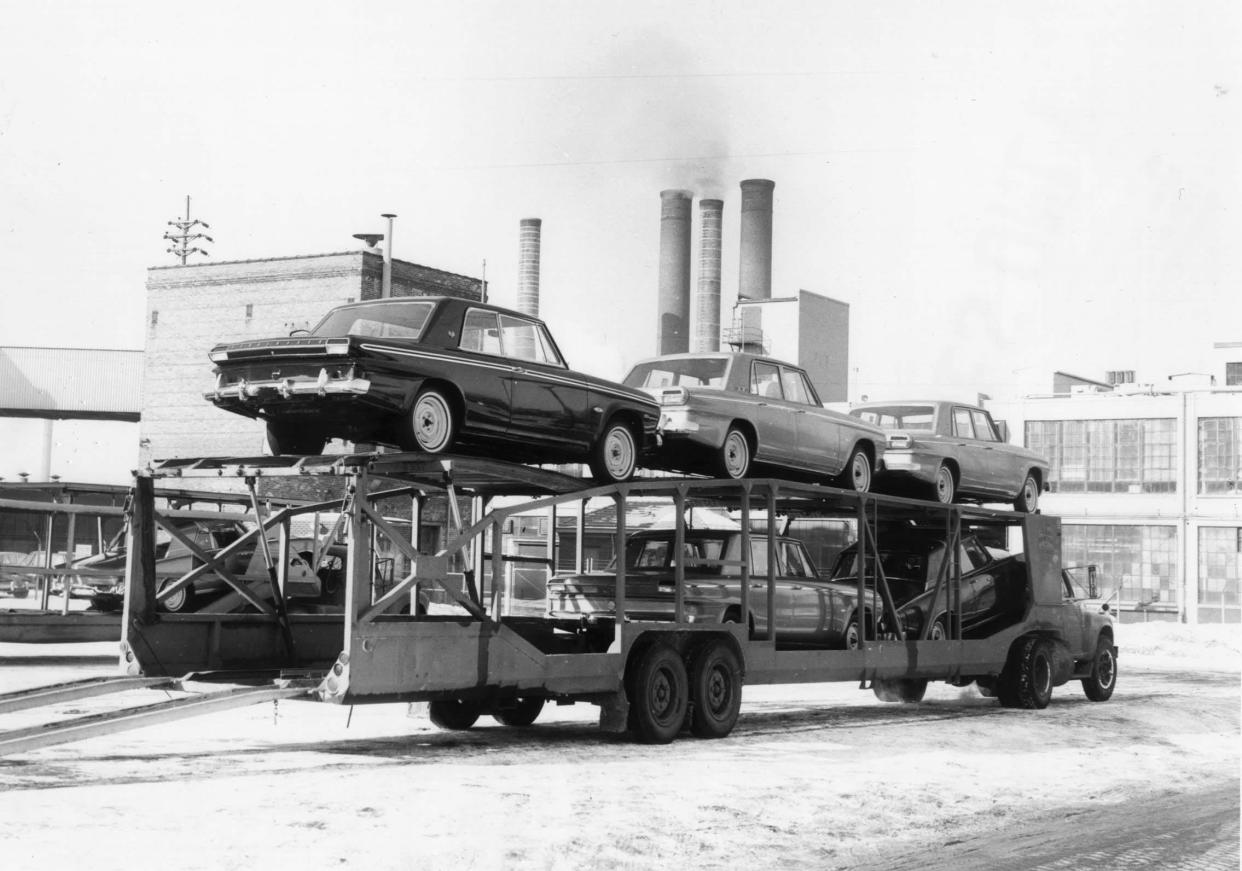
- Oops!Something went wrong.Please try again later.
SOUTH BEND — It was a deep, emotional hurt.
Like an aging prizefighter whose strength weakens, the payroll of the city’s largest employer shrunk from more than 22,000 employees in 1950 to 7,500 over the next 13 years, according to the Department of Commerce. Then, like a punch in the face, news broke Dec. 9, 1963, that Studebaker Corp. would soon close.
Lights out for the city’s most visible factory. For thousands of families and their lost pensions.
The closing struck at the core of South Bend's very identity.
2013's look at the business impact: Studebaker legacy lives on 50 years later
“They had to change the way they thought about where they lived,” said Patrick Furlong, who served as a history professor at IU South Bend from 1967 to his retirement in 2004, specializing in South Bend history.
“Nobody had to ask what a Studebaker was,” he said of the company’s distinctively styled automobiles. “By the time you were 10 years old, you could tell what it looked like.”
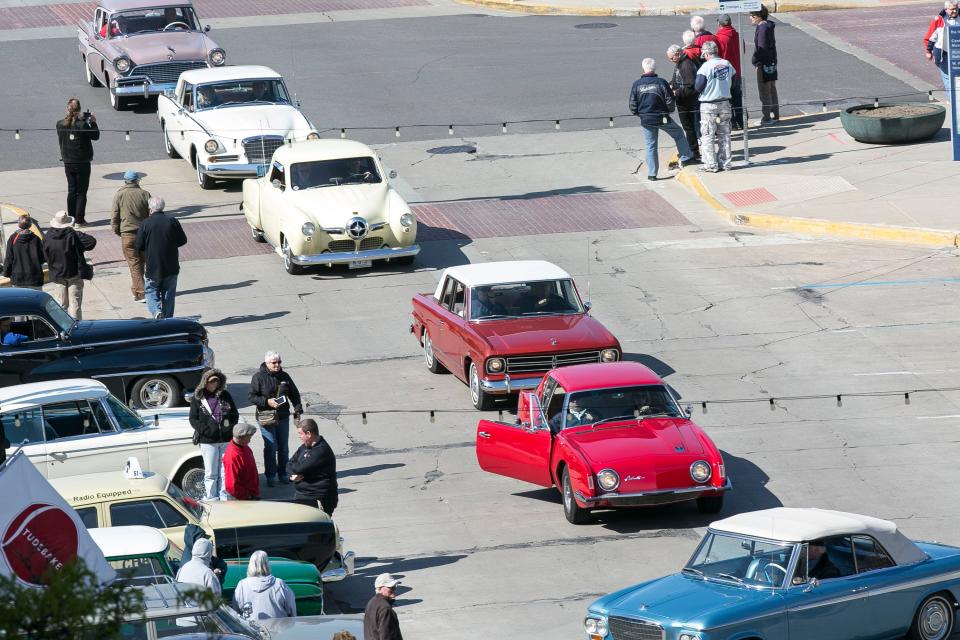
“All of a sudden, that’s gone,” he added. “There’s still a good deal of manufacturing (today), but we don’t make anything you can see on the street.”
Those emotions would eventually fuel a rebirth today of new technology in the old corridor, along with other broad-ranging legacies.
The economy’s recovery was relatively quick, Studebaker National Museum archivist Andrew Beckman said, but “the healing took much longer.”
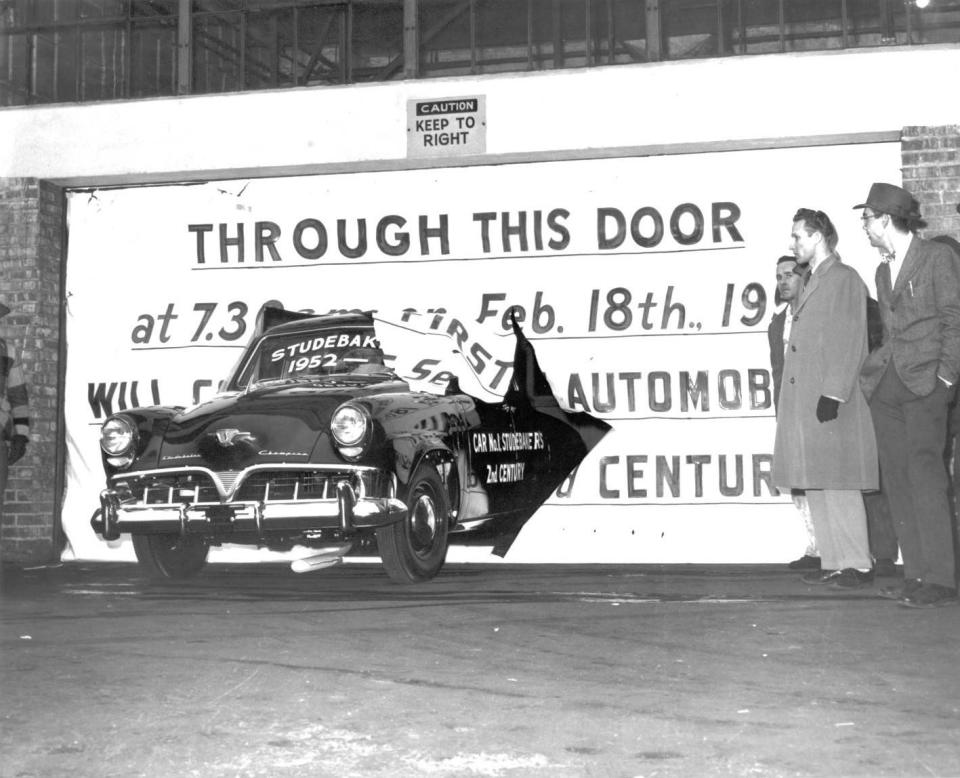
Companies fill the initial void
In fact, it took just a couple of years for the city’s unemployment rate to recover. It had risen from 2.1% in November 1963 to 9% in early 1964. But by September 1965, it was back down to 2.6%.
Some Studebaker folks didn’t re-enter the workforce, some found work outside of the community, and some tapped into efforts to retrain workers for other jobs, Beckman said.
But, for the immediate future, he said, other companies also moved in to make use of Studebaker’s vacant buildings and machinery — and to re-employ people who were used to working with them.
South Bend Lathe, which was already established, took over Studebaker’s machine shop, Beckman noted.
Great Lakes Foundry took over the foundry.
Allied Stamping, among others, set up operations on the campus, too.
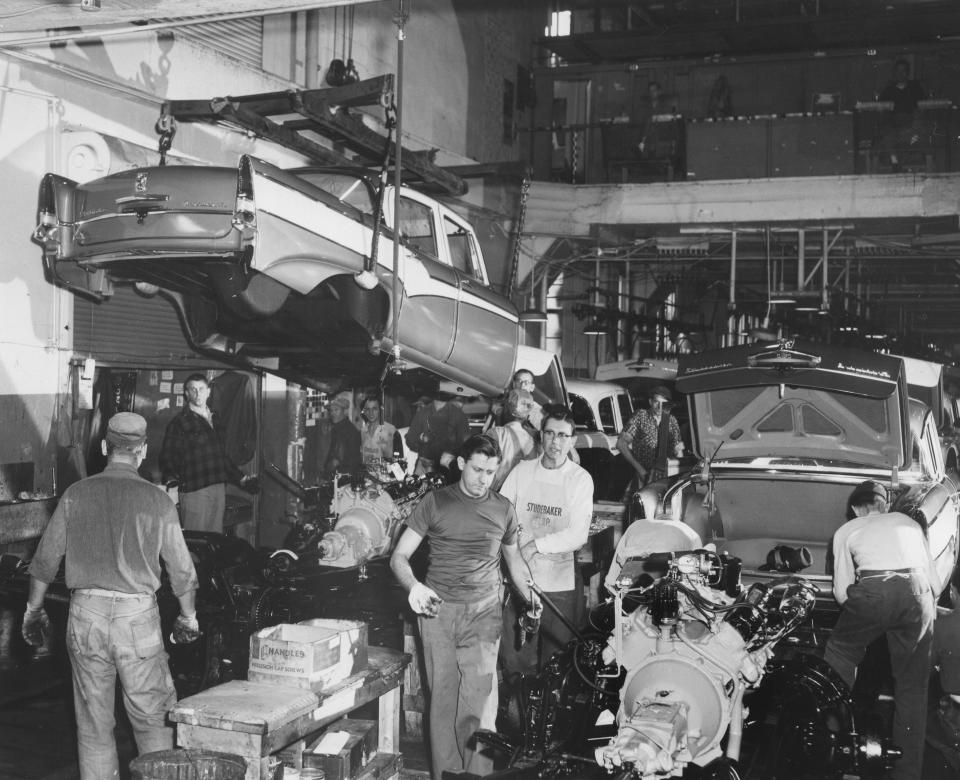
Still, Beckman said, the overall level of production “wasn’t anywhere near the scale” of the Studebaker days.
The overall shift, he said, was a “harbinger of things to come in the market.”
Five years later, in 1968, new safety regulations for automobiles required major changes in production.
“Would it have been able to hang on that long?” Beckman questioned.
Beyond that, he said, Japanese car makers started to exert themselves in the U.S. market, and smaller domestic companies didn’t fare well. Oil embargoes hit hard in the 1970s, too.
Pension loss begat a federal law
One major loss for Studebaker employees, their pensions, was like salt in the wound. But it turned into a federal law that now protects pensions across the U.S.
Started in 1950, the company’s pension program didn’t have enough time to ramp up with employee contributions (it was programmed to be fully funded by 1980). So, by the closing in 1963, the fund was short of money.
Former workers were left with little to nothing for the pension that they’d counted on for retirement. Just gone. It drove some to despair. Some were quietly known to commit suicide.
It led John Brademas of South Bend, a congressman at the time, to push for what would become ERISA, the Employee Retirement Income Security Act, which became law in 1974. Today it still provides basic protections for most retirement and health plans in private industry.
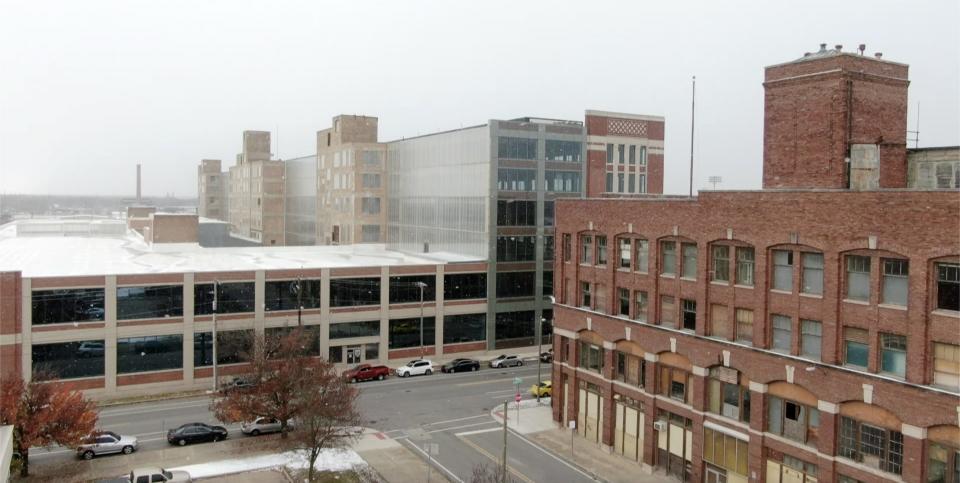
Tech rebirth in the corridor
Kevin Smith was 8 when Studebaker closed. By 1979, a year after he’d graduated from the University of Notre Dame, he began investing in the old corridor of Studebaker “carcasses” — or what he calls “the neighborhood.”
He moved Deluxe Sheet Metal, the company he and his dad had started in their garage, into a former railroad agency building.
The area, he recalled, was hitting its lowest point, with vacant housing and a quandary for the city over what it was going to do with those also-vacant, hulking industrial buildings.
It was a starting point for him. Since then, he’s amassed nearly a dozen of the structures that he’s working to repurpose — a total of 1.2 million square feet — in what he’s dubbed the Renaissance District.
“If you’re going to change the world,” he waxed, “you’ve got to change your neighborhood.”
Meanwhile, in an effort to exorcise the lingering ghosts and move on, Mayor Stephen J. Luecke’s administration cleared 84 acres of the old structures at Prairie Avenue and Sample Street. That led to Ignition Park and investments in new technology with companies like Data Realty and laboratories from the University of Notre Dame, among others.
“What we really wanted to carry forward from Studebaker was a sense of innovation, that we know how to make things in South Bend, and that we have the ability to build home-grown businesses,” Luecke told The Tribune for a 50th anniversary story in 2013.
Smith respects that approach. But he sees a deeper meaning — and a deeper saving of South Bend’s “soul” — by converting the old buildings with the intent that they’d last many decades into the future. That, he said, “rebuilds heritage.”
“I don’t restore anything unless I can infuse meaning and economic value to it,” he said.
He bought and saved a former train station from demolition, adjacent to the present-day Four Winds Field at Coveleski Stadium, that serves as a high-tech data center known as Union Station.
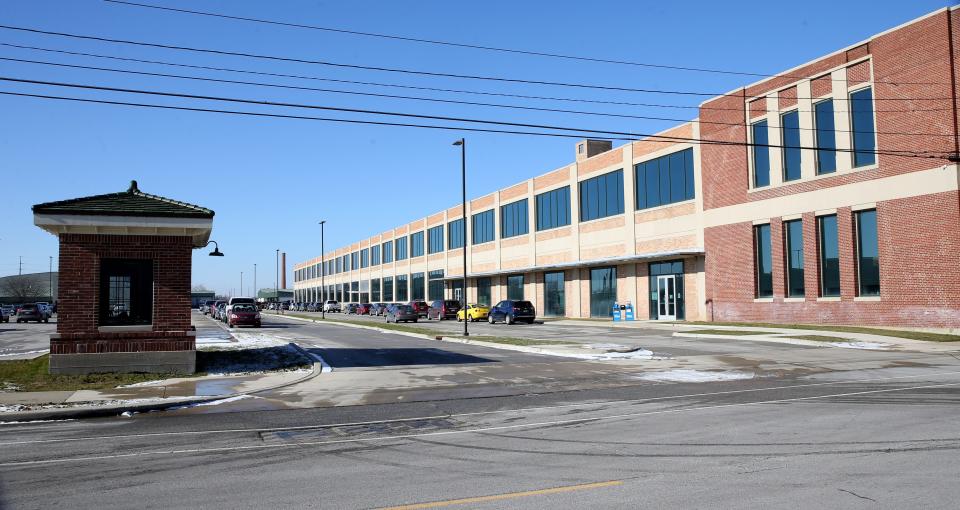
He also bought and invested heavily into Building 84, the former body assembly plant, a long, six-story structure across the railroad tracks from Union Station.
So far, it is nearly 40% occupied, much of it warehousing but also with offices for enFocus, the Indiana Regional Cities Initiative and the South Bend Tribune, along with Purdue Polytechnic High School and the South Bend City Church (which will soon move into The Tribune’s old printing facility).
He’s working on the possibility of bringing in a career center for South Bend schools and an early childhood center. He dreams of housing uses for the top floor, anything from condos to a hotel.
He talks about remaking these structures with tools like artificial intelligence, augmented intelligence and modern construction. But he also talks about reusing all of the old building materials on site — and the carbon spent to build them — from old bricks to crushed concrete.
In the process of metamorphosis, he said, “The caterpillar brings all of the core ingredients into its cocoon.”
“It’s not easy,” he said of the work, “but it’s important.”
He said he’s not forcing a vision but, rather, patiently letting the city’s needs direct how the spaces will be used. He hired an agency to help develop the vision.
“It’ll be whatever the city needs it to be and when it needs it to be,” Smith said.
He feels encouraged that South Bend — the city that once didn’t have a plan for recouping losses — is now working a master plan.
“I’ve never seen this level of enthusiasm in my lifetime,” he said. “Studebaker didn’t fail. It just outlived its usefulness.”
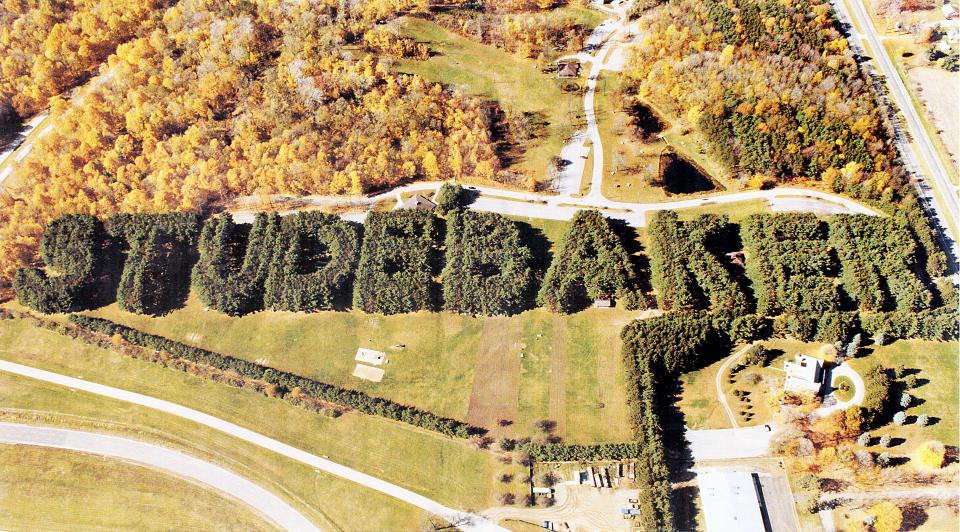
Vestiges in South Bend
There are many places in South Bend where Studebaker left its mark. Here are just a few.
∎ Studebaker Electric Fountain, now at Leeper Park. The fountain was first erected in 1906 in Howard Park as a gift from Studebaker co-founder John M. Studebaker. It came down in 1941 as it fell into disrepair. A local committee raised money to restore and reinstall it at Leeper in 2019.
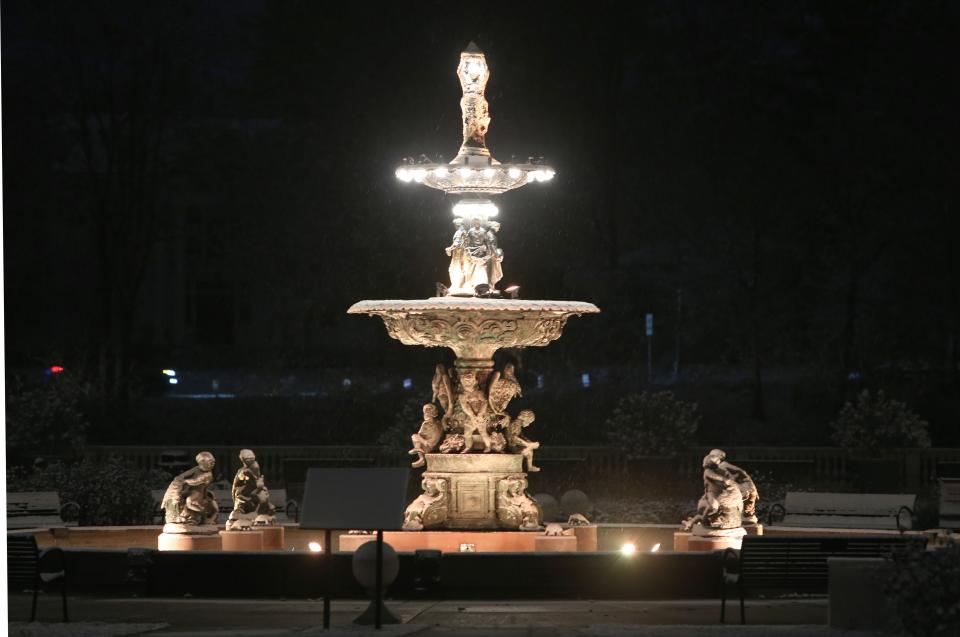
∎ Memorial Hospital. It had started at its current main campus as Epworth Hospital, thanks in part to a donation of land and substantial cash gift from Clement Studebaker (one of the brothers who’d started a blacksmith shop in 1852) and his wife, Anne.
∎ Homes and mansions on Jefferson Boulevard east of Eddy Street. Much of that land was J.M. Studebaker’s farms, Beckman said. It then became where homes were built for Studebaker descendants. Jacob Street, just east of Eddy, is named after Jacob Studebaker, whose older brothers had started the wagon and carriage business.
∎ Trinity School at Greenlawn. The school itself doesn’t have anything to do with Studebaker, but the house of Clem Studebaker (and later of Vincent Bendix) now serves as the base for the current facility. It has been added onto over the years. The U-shaped house sits north of Jefferson between Esther Street and Greenlawn Avenue.
∎ South Bend YMCA. In 1908, Beckman said, J.M. Studebaker underwrote the establishment of South Bend's YMCA in memory of his four brothers.
∎ Immigration. During Studebaker’s and South Bend’s growth in the late 19th and early 20th centuries, the company recruited workers from overseas, helping to fill the city’s ethnic neighborhoods, Beckman said. Also, African Americans in the South would move to South Bend to help fill the labor shortage.
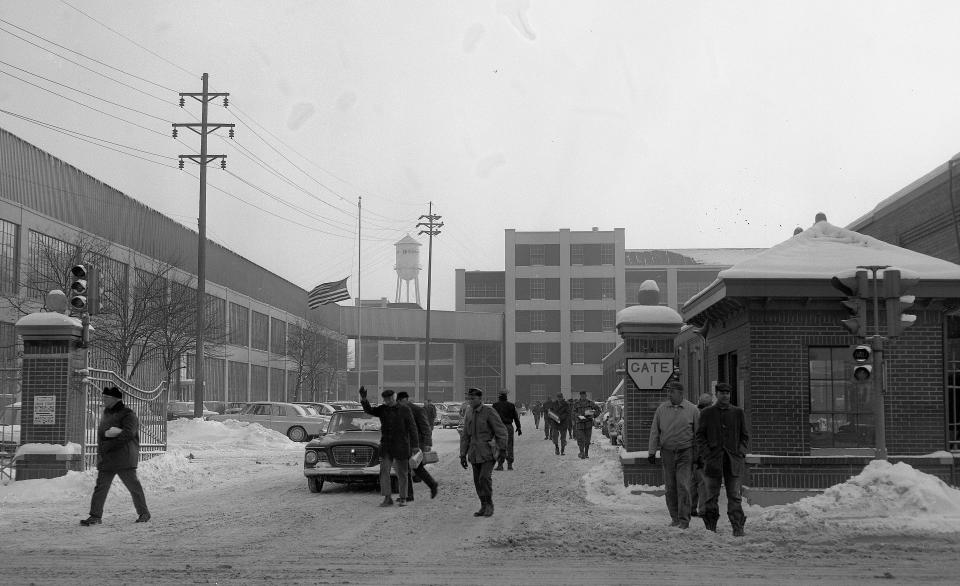
Museum exhibit marks 60 years
The Studebaker National Museum offers a temporary exhibit, now through Feb. 11, to mark the 60th anniversary of the plant’s closing with a few panels in the atrium that show and explain how South Bend rebounded. It includes familiar names that you may not realize are Studebaker legacies, such as the JMS Building in downtown and the Erskine Golf Course.
The museum, at 201 Chapin St., South Bend, is open from 10 a.m. to 5 p.m. Mondays through Saturdays and noon to 5 p.m. Sundays. Admission is $11-$7; free for members and ages 5 and younger. For more information, call 574-235-9714 or 888-391-5600 or visit studebakermuseum.org.
South Bend Tribune reporter Joseph Dits can be reached at 574-235-6158 or jdits@sbtinfo.com.
As anniversary passes, a look back and ahead
The Tribune will mark the 60th anniversary of Studebaker's closure with a series of stories in the coming days on our website and in Sunday's keepsake print edition. Those stories will include:
∎ After decades of slow growth, the South Bend region is finally poised for a post-Studebaker comeback.
∎ Tribune columnist Jack Colwell recalls how, when he was still a young reporter, he broke the news that Studebaker would cease production here and eliminate thousands of jobs.
∎ From two brothers opening a blacksmith and wagon shop to its demise as one of the Big Four auto manufacturers, Studebaker's 111-year history in South Bend.
∎ Breaking the news: The historic Dec. 9, 1963, Tribune front page.
∎ Jeff Rea: Studebaker closing was devastating, but South Bend has turned the page on that chapter and found a bright future.
∎ It took half a century, but department store owner Paul Gilbert's rallying cry, "This is not Studebaker, Indiana. This is South Bend, Indiana," finally rings true.
This article originally appeared on South Bend Tribune: Studebaker closing led to technology rebirth after cars in South Bend

